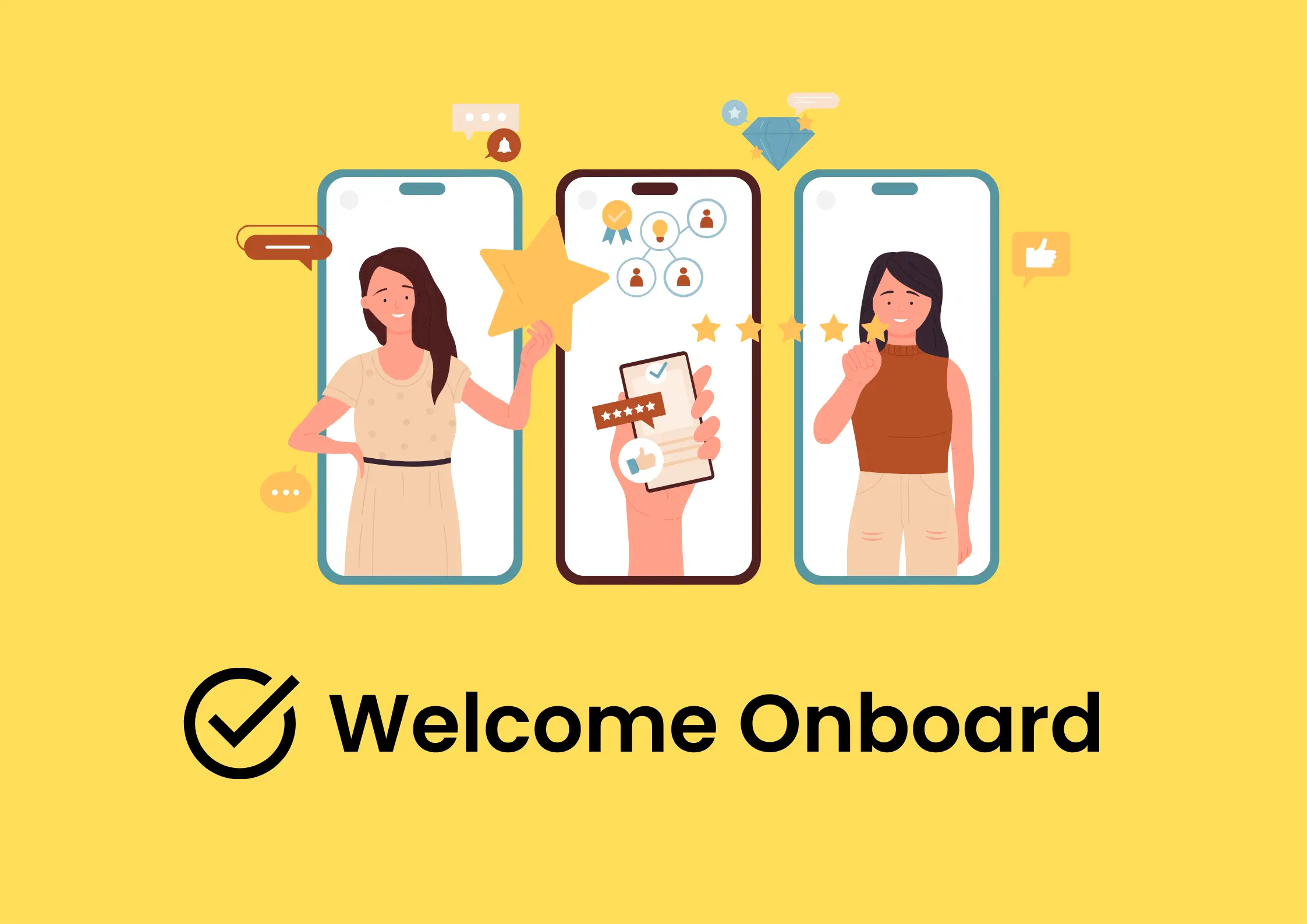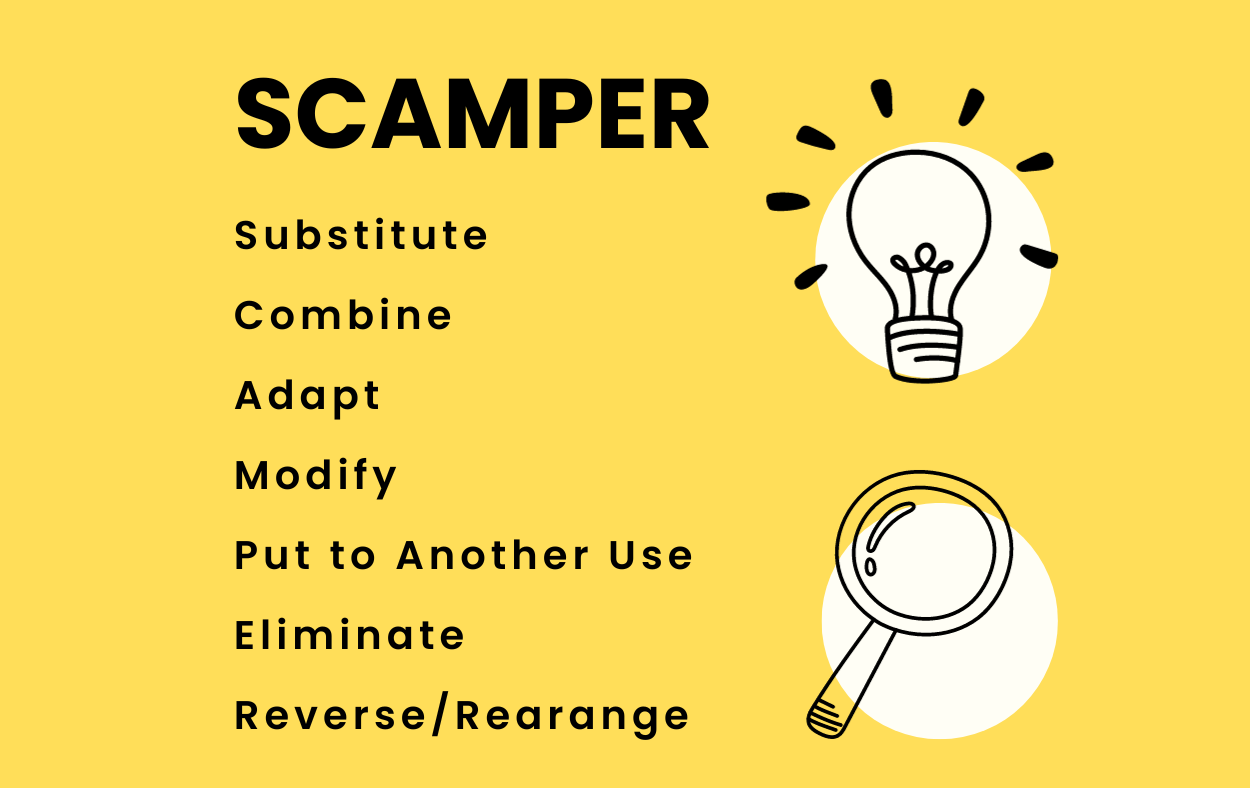📢 Sign up to my newsletter and never miss a beat!
User onboarding and engagement tools for SaaS are becoming increasingly popular and widely used across the industry. On one side, this is due to the growing costs associated with both user acquisition and supporting real-human sales and CS teams. This pushes companies to more self-serve, product-led models focusing on “extracting” maximum value from (or retaining) existing users and those who have already signed up instead of throwing more and more money out of their budgets for more user acquisition ads. Having a self-serve user onboarding tool is not only a great way to engage newly signed-up users and educate them about your product but it also helps them realize your product`s value faster and in a more unintrusive manner (remember, many users prefer to learn things by themselves, rather than having to speak to a sales or cs representative, and at their own pace). It is also more efficient operation-wise as you don`t have to commit a sales/CS rep to the process or schedule calls and demos. Last but not least, if you are running a free plan or free trials on your plans and manage to convey the product value faster and more effectively to the end-users (which I believe these tools’ great strength is), it can be another powerful technique to convert freemium users into paying.
This article is about reviewing and comparing some of the top user onboarding and engagement tools to help you, as a product manager or product professional, decide which one would best suit your SaaS product business, budget, needs, and team capacity.
Overview
Userpilot focuses on providing a comprehensive platform for product teams to enhance in-app user engagement, feedback, and product analytics. It’s designed to improve product adoption through customizable in-app experiences.
Installation and Ease of Use
Setting up Userpilot requires some technical effort, including the installation of a JavaScript snippet or using an NPM wrapper for more automated inclusion across pages. Integrations with Segment or Google Tag Manager are also supported to simplify tracking. While the platform is powerful, its setup process might pose challenges for non-technical users. Additionally, using Userpilot’s full capabilities necessitates installing a Chrome extension.
Features and Functionality
Userpilot’s feature set is robust, including analytics, onboarding flows, product announcements, and surveys. However, there are areas for improvement. Users have noted that the interface for creating in-app experiences can be clunky and unintuitive at times. The platform also lacks some functionality, such as the ability to schedule flows or conduct comprehensive A/B testing. Moreover, while Userpilot offers templates, they might require significant customization to fit specific branding and goals.
Customer Support
One notable limitation is the absence of direct channels for contacting Userpilot’s support team or sales reps for non-customers, which could be a point of frustration for potential users seeking quick answers or support.
Pricing
Userpilot’s pricing starts at $249 per month for its Starter plan (when billed annually) for software with fewer than 2,500 monthly active users. Pricing increases with the number of active users, and custom quotes are provided for larger user bases. The Growth and Enterprise plans offer enhanced capabilities and support options, catering to the needs of scaling companies and large enterprises, respectively
User Feedback
Userpilot has received positive feedback for its capability to create efficient onboarding experiences, its comprehensive features for onboarding, and excellent customer service. However, some users have reported a confusing user interface and limitations in customization and usability, along with occasional glitches. Despite these issues, Userpilot is appreciated for saving time and enabling non-developers to contribute to product enhancement.
Overview
Appcues is renowned for its no-code, intuitive platform that significantly simplifies the creation of in-app onboarding experiences. Tailored for mid-market SaaS companies, it aims to enhance user onboarding, retention, and overall customer experience through customizable UI patterns and flows.
Installation and Ease of Use
Appcues prides itself on a straightforward setup process that can be quickly accomplished by adding its SDK to your application’s source code or integrating with Segment or Google Tag Manager. To design and deploy in-app experiences, users add a Chrome extension to launch the Appcues Builder with just a few clicks. This simplicity underscores Appcues’s commitment to non-technical user accessibility, a notable contrast to the technical setup requirements seen with Userpilot.
Features and Functionality
While Appcues provides an array of features including behavioral analytics, survey analytics, and a wide range of UI patterns for engaging onboarding experiences, it does face some limitations. The platform sometimes struggles with element detection and offers limited customization capabilities without delving into CSS. Additionally, its analytics offer insights into product usage and customer behavior but fall short of providing in-depth analysis without the support of third-party tools. Users seeking advanced survey functionalities might find the platform’s offerings somewhat basic, as it primarily focuses on NPS surveys.
Customer Support
Appcues offers educational resources and a help center, but direct support is largely limited to email and phone, lacking live chat options. This may affect potential users seeking immediate assistance or those who prefer real-time support channels.
Pricing
Starting at $249 per month, Appcues’s pricing model is aimed at businesses ready to invest in enhancing their user onboarding experience. The platform’s Essential plan comes with constraints such as limited UI patterns and no custom CSS support, and localization support is reserved for its higher, Enterprise tier. Such pricing and plan structures may place Appcues at a premium compared to alternatives, potentially deterring startups or companies with tighter budgets.
User Feedback
Appcues is generally well-received, with users praising its easy setup, broad spectrum of integrations, and the capability to quickly design and deploy in-app flows. Nonetheless, some users have highlighted issues with the platform’s element detection, basic analytics, and the need for deeper customization options. Despite these drawbacks, the platform’s intuitive nature and efficiency in improving user engagement and onboarding experiences remain highly valued.
3. UserGuiding
Overview
UserGuiding positions itself as a user-friendly, no-code solution designed to improve user engagement, the onboarding process, and customer retention. It allows teams to create in-app walkthroughs, guides, and checklists without needing coding skills, catering primarily to early-stage SaaS companies with a growing team of product developers or marketers.
Installation and Ease of Use
UserGuiding distinguishes itself with an easy-to-use Chrome extension that guides through creating your first guide and further customizing onboarding experiences. The platform emphasizes simplicity, enabling product designers to set guides independently of the development team, thereby streamlining the process of testing and releasing onboarding content.
Features and Functionality
The platform offers a range of features including survey templates, an analytics dashboard for tracking engagement, and customizable themes for aligning with brand aesthetics. While UserGuiding excels in creating intuitive onboarding experiences, it falls short in areas like dashboard customization, with users unable to edit their home dashboard or select specific analytics for display. Another noted limitation is the manual effort required for content localization, lacking AI-powered solutions for a seamless process.
Customer Support
–
Pricing
UserGuiding’s pricing is designed to accommodate a range of business sizes, starting with a Basic plan targeted at startups and SMBs at $89/month, offering features like user identification and integration with various analytics and support tools. The Professional and Corporate plans scale up the offerings with increased MAUs, team member seats, and customization options but at a significantly higher cost, highlighting a considerable price jump when upgrading from Basic to Professional.
User Feedback
Positive Feedback:
- Self-Service Onboarding and Time Efficiency: Users appreciate how UserGuiding facilitates self-service onboarding, allowing new customers to familiarize themselves with products independently. This feature has been particularly noted for saving significant time that would otherwise be spent on manual explanations.
- Independence from Development Teams: Product designers and other non-technical team members find value in UserGuiding for its ability to let them define, set up, and deploy guides without relying heavily on development resources. This autonomy is highlighted as a straightforward way to test and release onboarding content, seeing it go live with ease.
Criticisms and Concerns:
- High Pricing for SaaS Products: Some users feel that the pricing is steep, especially for SaaS products, where cost efficiency is often a priority. This sentiment is underscored by the platform’s lack of support for mobile web app versions, a significant drawback considering the prevalent use of mobile devices among customers.
- Limited Features on the Basic Plan: The limitations imposed on the Basic plan, such as having only one active survey and two active checklists, have been a point of dissatisfaction. Users express disappointment, especially considering the annual cost of over $1,000, which is viewed as high for the features offered on this plan.
In essence, UserGuiding is praised for enabling efficient and autonomous creation of onboarding materials but criticized for its pricing structure and the limitations of its Basic plan. The lack of mobile support is also a notable gap, given the current trends in web app usage. These insights reflect a balance of the platform’s practical utility against its cost and feature accessibility, suggesting that while UserGuiding is a valuable tool for user onboarding, potential users should carefully consider its limitations and pricing in relation to their specific needs
Overview
Product Fruits is a versatile SaaS tool designed to enhance user onboarding and engagement without requiring extensive technical skills. It offers an intuitive platform for creating interactive product tours, in-app announcements, and a comprehensive knowledge base, making it particularly suitable for startups and small to medium businesses.
Installation and Ease of Use
The platform is noted for its no-code installation process, making it accessible for non-developers. Product Fruits emphasizes ease of use with a user-friendly interface that allows quick setup and deployment of its features.
Features & Functionality
Product Fruits offers a robust set of features designed to enhance user onboarding and engagement within SaaS applications. Key functionalities include interactive product tours that can incorporate multimedia elements like videos from YouTube or Vimeo, which help to thoroughly explain product features. Additionally, in-app announcements ensure high visibility for important messages via pop-ups, and a customizable newsfeed widget keeps users informed of updates. The platform also includes a knowledge base that supports article version management and integration without coding, making it a comprehensive tool for improving user experiences.
Customer Support
Product Fruits offers standard support channels such as email and chat, with a focus on simplicity and effective communication to assist users in maximizing the tool’s capabilities.
Pricing
The tool is marketed as an affordable option, with clear pricing tiers that cater to different business sizes and needs. This approach makes Product Fruits an attractive choice for budget-conscious companies looking to improve their user engagement strategies.
User Feedback
User feedback on Product Fruits is generally positive, with many users appreciating the platform’s user-friendly interface and the no-code features that facilitate rapid deployment of onboarding elements. Clients have noted that the ability to create and customize product tours, pop-ups, and knowledge bases directly impacts user engagement positively, making complex software more accessible to new users. However, some users have pointed out areas for improvement, particularly in terms of advanced customization options and deeper analytics to measure the effectiveness of onboarding strategies more precisely.
Key Takeaways:
- Userpilot is a robust platform that enhances SaaS user onboarding with detailed analytics, customization capabilities, and a suite of features like surveys and product walkthroughs. However, it requires some technical effort to implement.
- Userguiding offers a straightforward, no-code solution for creating user guides and onboarding flows. It’s praised for ease of use but criticized for basic analytics and manual content localization processes.
- Appcues is known for its intuitive design and easy setup, making it great for creating personalized user onboarding flows. Limitations include basic analytics and customization that requires CSS knowledge.
- Product Fruits excels in offering no-code, cost-effective onboarding solutions with features like product tours, in-app announcements, and an easily integrated knowledge base. It’s well-suited for startups and small businesses looking for a user-friendly tool.
In Conclusion:
In today’s digital age, the efficacy of SaaS user onboarding and engagement strategies cannot be overstated. The right tools for these processes can dramatically enhance how quickly and effectively new users understand and derive value from a product, thereby influencing user retention and satisfaction. When selecting a tool, it’s crucial to assess not only its functional capabilities but also its ease of use, customization options, and integration potential. The ideal choice should align with your specific business needs, user demographics, and operational workflows, ensuring a seamless onboarding experience that translates into sustained user engagement. This strategic approach to selecting user onboarding and engagement tools is fundamental for achieving long-term success in user acquisition and retention.



